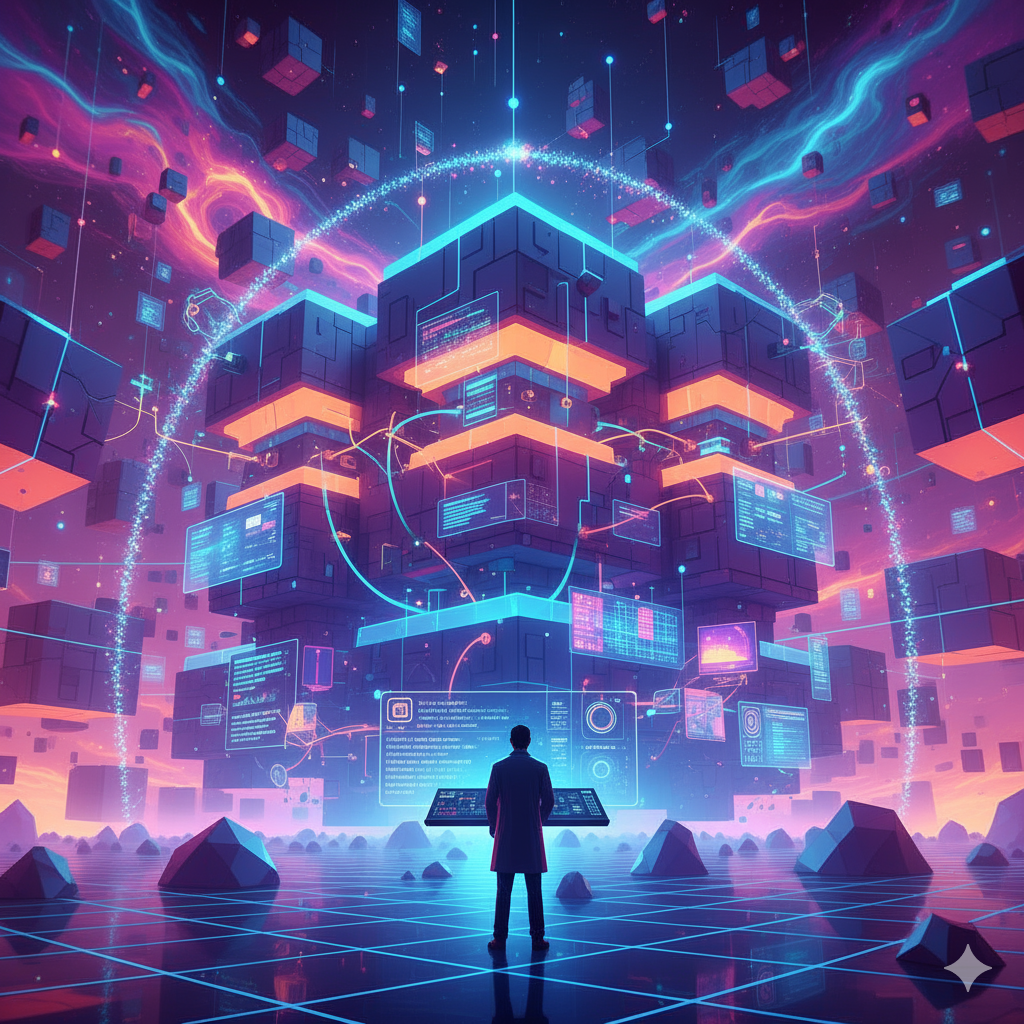The Logic of Transformers

When the Transformer architecture was introduced in 2017, it changed the trajectory of AI research. Instead of relying on recurrence or convolution, Transformers used self-attention to let every token in a sequence interact with every other token. This parallelizable design allowed models to capture both local and global context efficiently, unlocking scalability in a way earlier architectures could not.
The secret of Transformers lies in their flexibility. The same architecture that powers language models like GPT also works for protein folding, image recognition, and even multimodal reasoning. The attention mechanism provides a universal way of representing relationships, whether between words in a sentence or atoms in a molecule.
The scaling laws of Transformers have shown a near-linear relationship between model size, data, and performance. As long as compute grows, performance follows. This property explains why Transformers dominate the landscape and why alternatives have struggled to gain traction. The architecture has become the foundation of modern AI, much like convolutional networks once were for vision.
But the dominance of Transformers also introduces risks. Their hunger for data and compute makes them expensive to train, raising barriers for smaller labs and reinforcing concentration of power in a few companies. Their tendency to memorize data also raises questions about privacy and security. The next stage of research may focus as much on controlling and optimizing Transformers as on scaling them further.
Transformers have defined an era. Whether they continue to dominate or are replaced by new paradigms, their impact on the history of AI is already secure.
References
https://arxiv.org/abs/1706.03762
https://arxiv.org/abs/2001.08361




